WSGF Certification Requirements
Native Support
The game must be capable of satisfying every requirement below if the user enables the correct options, either in an ingame options menu, or in a setup program. We recommend that the game require nothing more on the part of the user than to select a widescreen resolution in order to satisfy all of the below requirements.
Proper Screen Change
The screen must adapt properly to a widescreen resolution. There are three methods of adapting that are considered proper for a widescreen game.
"Horizontal Plus"
The game, when played at a 16:10 resolution, and compared to an instance of the game run at a 4:3 resolution at default settings, will display more content on the left and right sides of the screen, while the span from the top to bottom remains the same. At a 16:9 resolution, even more content will be displayed on the left and right sides. Neither of these aspect ratios may result in any distortion or stretching of the visible game content.
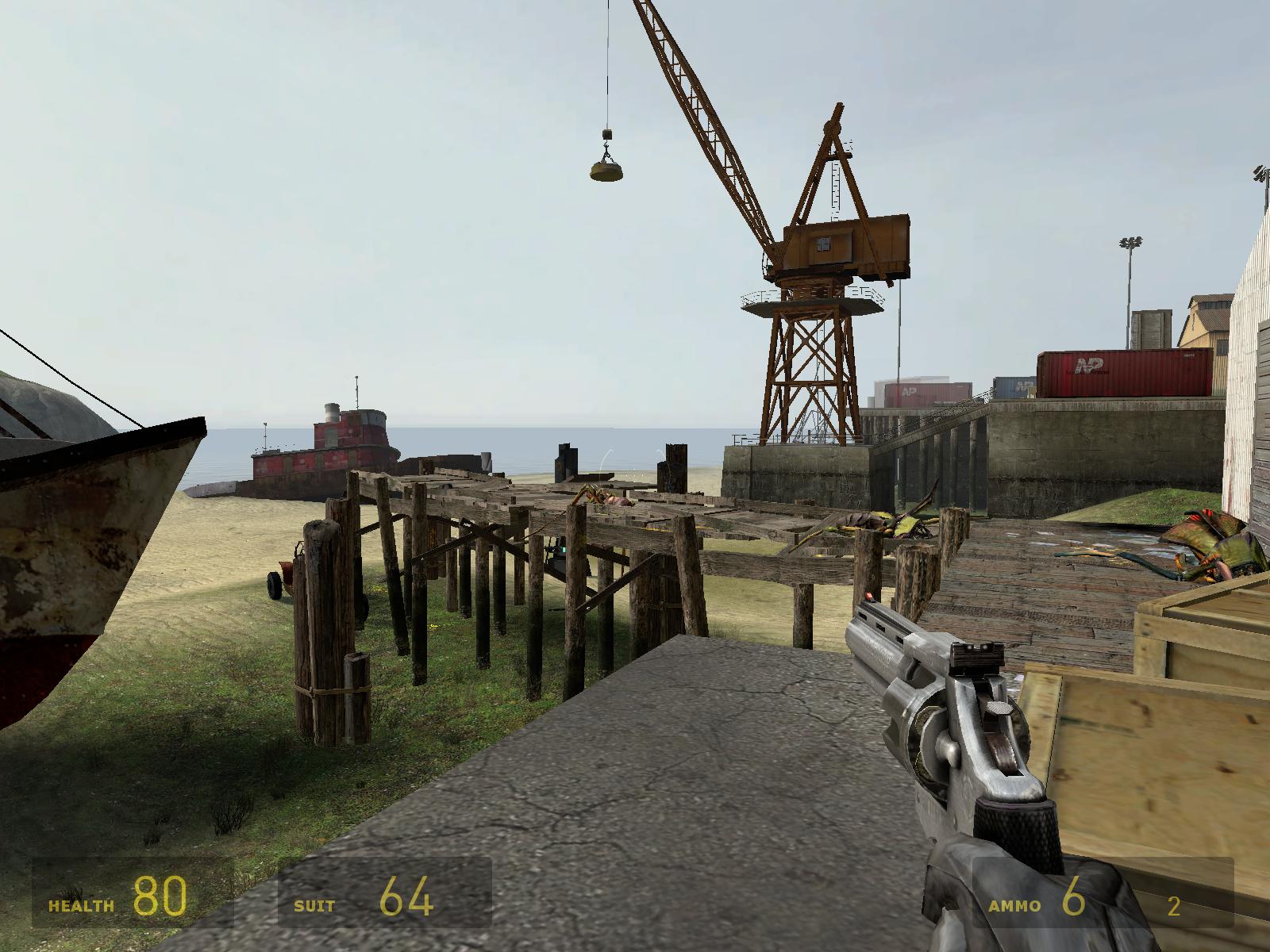
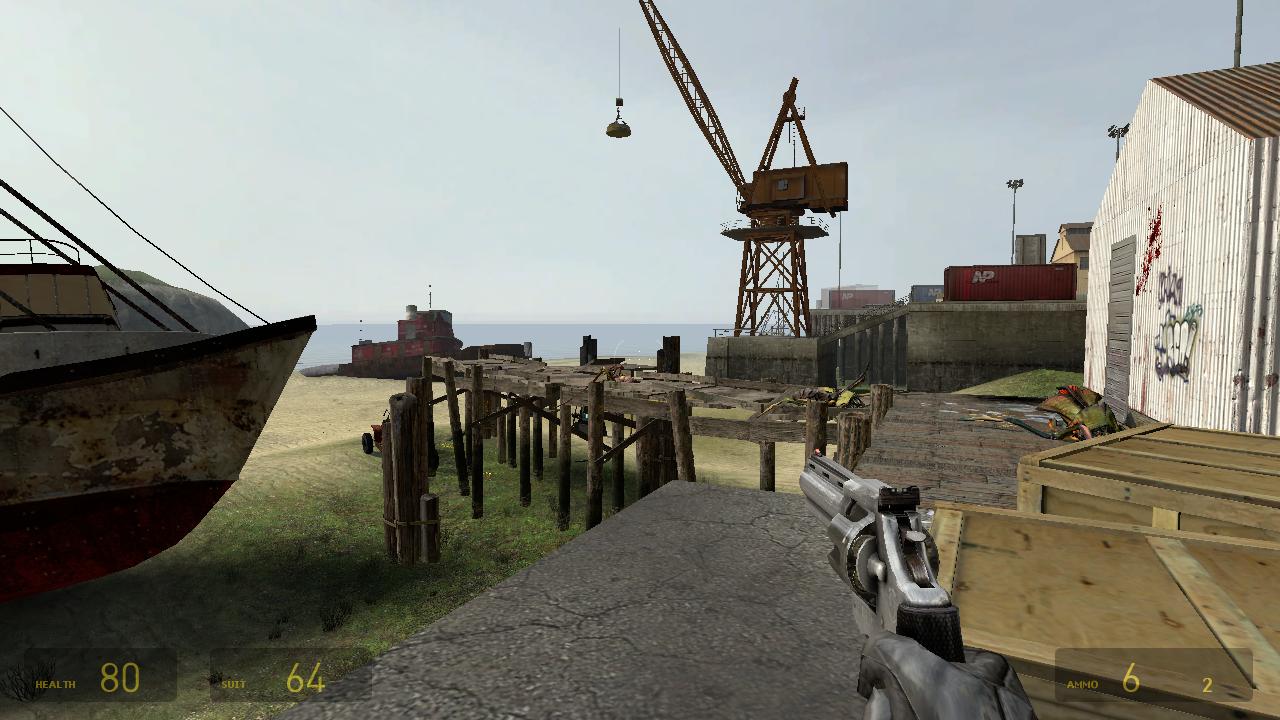

(screenshots below are from gameplay of Half-Life 2, which served as the inspiration and template for the first revision of the certification system)
"Anamorphic"
The game is designed for a widescreen aspect ratio, and is letterboxed when played at a 4:3 resolution (or anything narrower than the baseline aspect ratio). For these games, the baseline aspect ratio is usually 16:9. When the screen resolution matches the baseline aspect ratio, there should be no letterboxing at all. When the screen resolution is *wider* than the baseline aspect ratio, such as with surround gaming, the game must assume hor + behavior. Very few anamorphic games are certified, because most of them, under this circumstance, assume pillarboxing instead. None of these aspect ratios may result in any distortion or stretching of the visible game content.
Using an anamorphic 16:9 game as an example, when the game is played at a 4:3 resolution, letterboxing will be quite noticable. At a 16:10 resolution, the letterboxing will be very slight, though the visible game content remains the same. At a 16:9 resolution, there is no letterboxing at all. At anything wider than 16:9, there will be added content on the sides. The screenshots below are from F.E.A.R. 2: Project Origin.
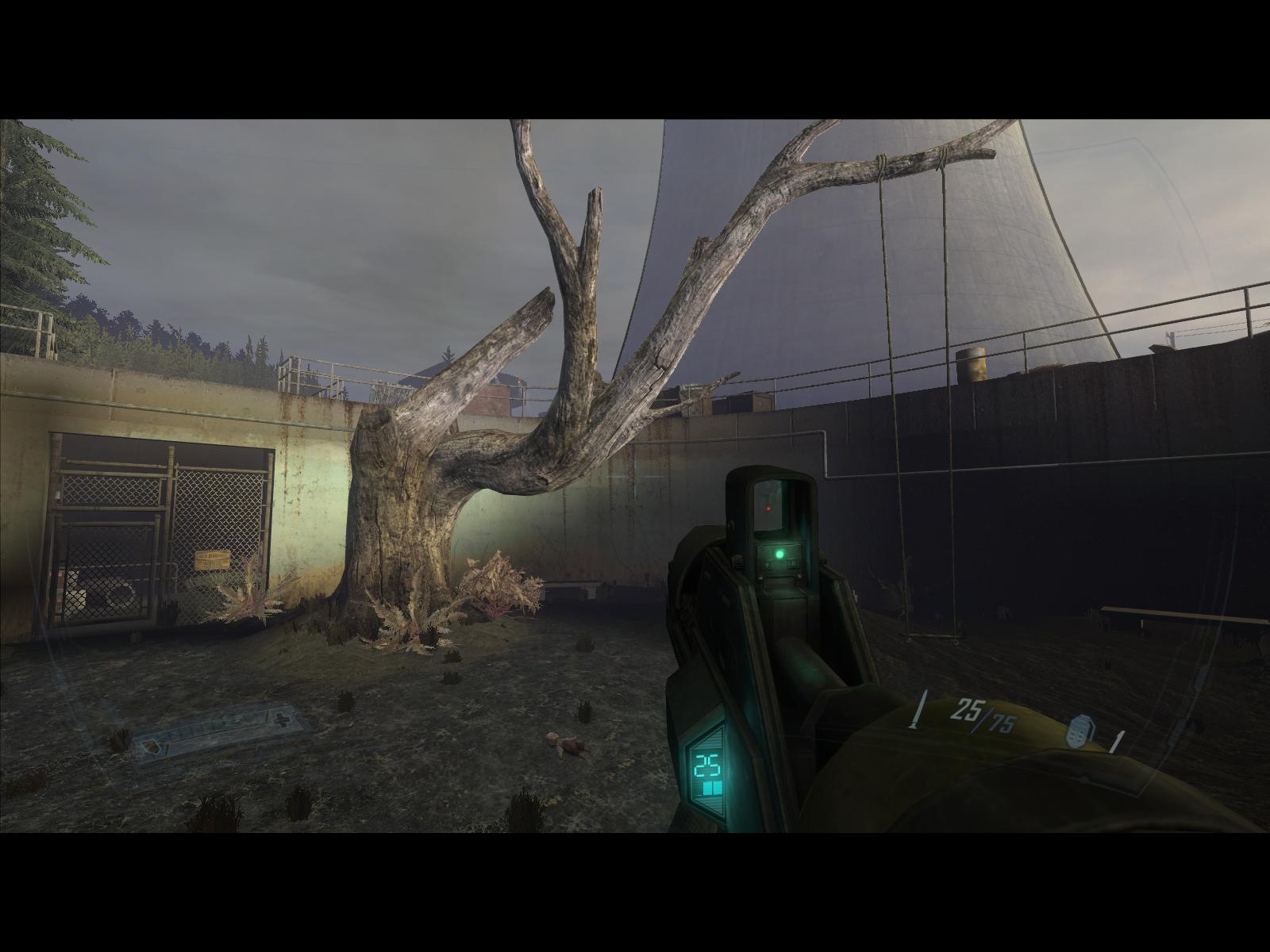
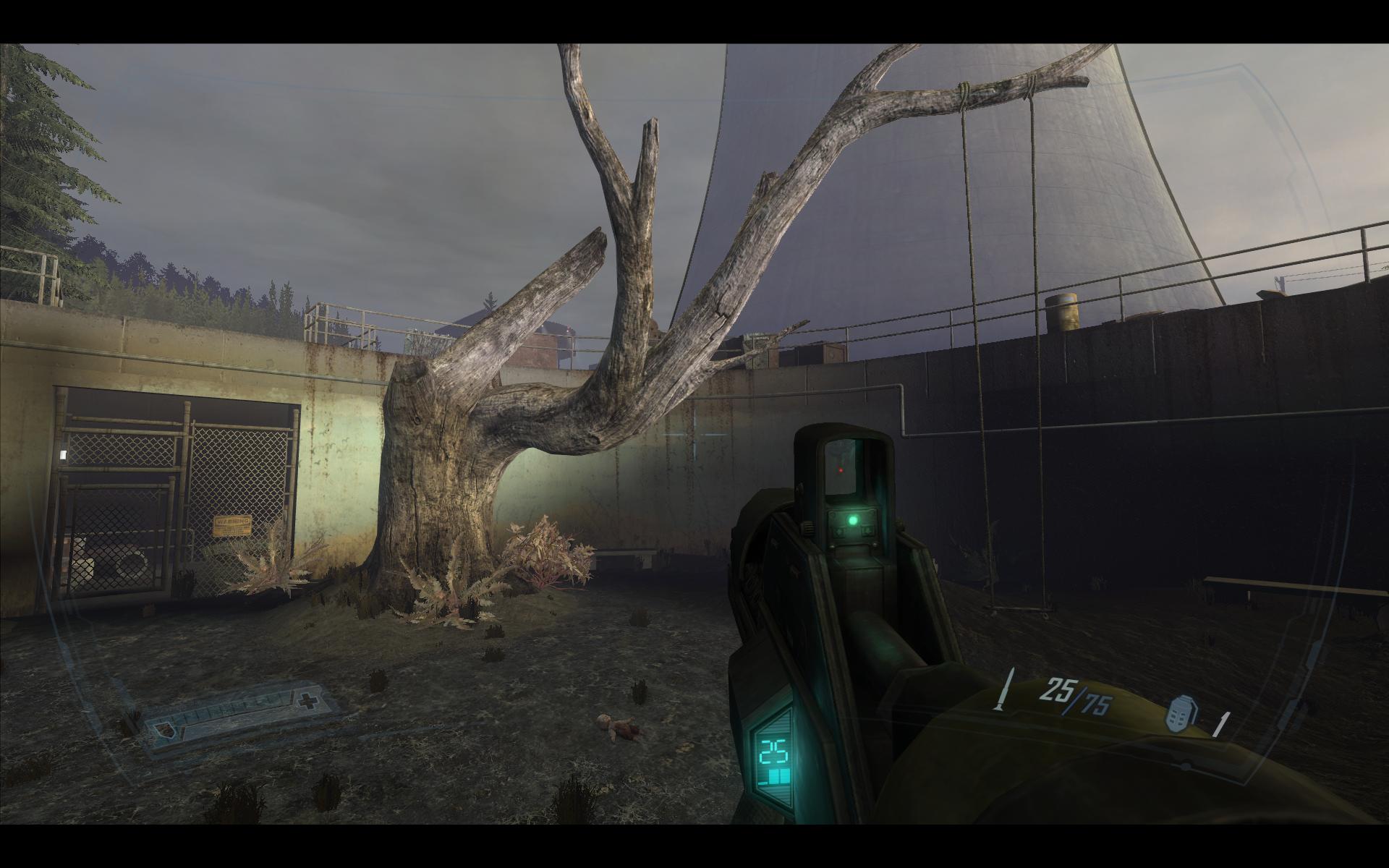
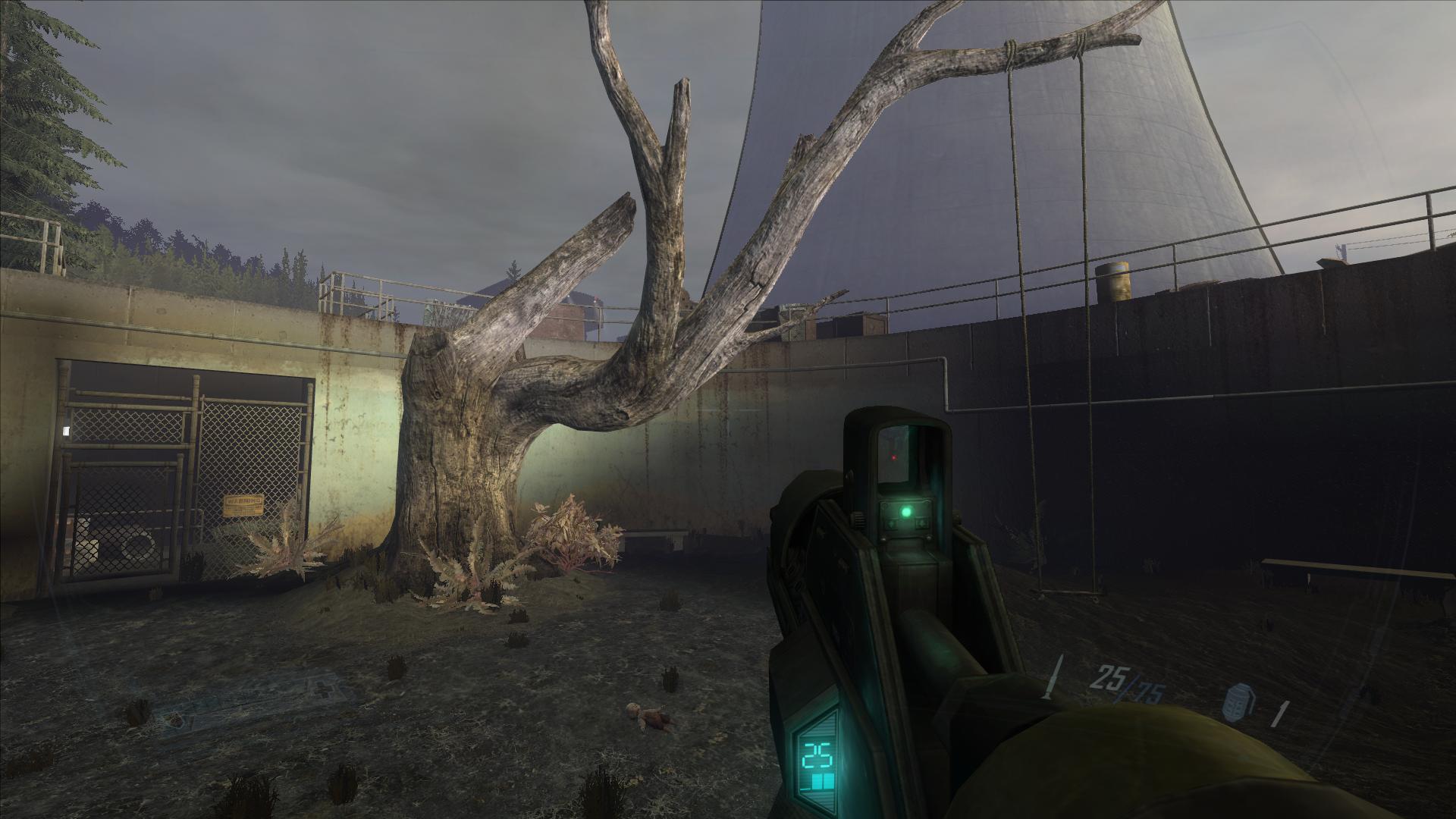

Pixel Based
This behavior can be found in several 2D games, but is rarely appropriate in 3D games. In a pixel based widescreen behavior, the game's vertical FOV is directly proportional to the screen's vertical resolution, and the game's horizontal FOV is directly proportional to the screen's horizontal resolution. This is the manner in which Windows behaves. Screenshots below are from gameplay of Command & Conquer: Red Alert 2.
Any alternate gameplay modes or alternate ingame camera angles must satisfy this requirement. In the case of gameplay elements where this is not possible, such as static screen minigames, an acceptable method is to have the screen pillarboxed, or if the background is tiled, to expand the background to fill the screen while the minigame elements remain centered in the screen.
WSGF Certification Requirements - Page 2
Multi-Monitor Support
The game must multi-monitor gaming resolutions without requiring a third-party hack. Second party tools such as Matrox's SGU are acceptable. The game must not be pillarboxed or stretched in surround resolutions, and must not have any flaws such as a stretched HUD or stretched FMVs.
Resolution Support
The game must be capable of handling all of the following common resolutions, provided the player's system also supports them:
- 1280x720, 1280x768, 1280x800
- 1440x900
- 1600x900, 1680x1050
- 1920x1080, 1920x1200
We strongly recommend that 2560x1600 (WQXGA, 30" Widescreen) be supported. The goal is that the game be capable of handling all resolutions that the player's system supports. Examples of full support for custom Windows resolutions can be found in the WSGF forum thread "Faux TH2Go"
Multiplayer Support
If the game features a multiplayer mode, then it must satisfy the same requirements as the singleplayer mode.
HUD (Heads Up Display) Scaling
All 2D information displayed as an overlay on the main game screen, which includes but is not limited to health bars, ammo counters, game score, subtitles, and context-sensitive information, must retain its correct proportions in 16:10 and 16:9 resolutions, and not stretch or distort. We recommend that if the user is playing with TH2Go, then the HUD also remains on the center monitor.
Proper FMV Cut-Scene Support
If the game features FMVs (Full Motion Video, aka "Pre-Rendered" Video), then they must adapt properly to a widescreen resolution.
- If the aspect ratio of an FMV is the same as the aspect ratio of the resolution, then it must fill the screen.
- If the aspect ratio of an FMV is wider than the aspect ratio of the resolution, then it must span the screen's horizontal length, with appropriate letterboxing.
- If the aspect ratio of an FMV is narrower than the aspect ratio of the resolution, then it must span the screen's vertical length, with appropriate pillarboxing.
Proper In-Game Rendered Cut-Scene Support
If the game features non-interactive cut-scenes that are rendered within the game's engine, then these cut-scenes are subject to the "Proper Screen Change" requirement as if they were part of gameplay. It is not required that they use the same screen change as the gameplay. For example, it is acceptable for a game to feature "horizontal plus" gameplay, but anamorphic cut-scenes.
Misc
There must not be any miscellaneous bugs or flaws related to widescreen. This section can't be defined explicitly, but some common flaws to be avoided include stretching and distortion of anything, mis-alignment of game text on static backgrounds, and alternate gameplay modes that do not satisfy the "proper screen change" requirement.
It is not mandatory for elements unrelated to the gameplay, plot, or narrative, such as loading screens, pre-game menus, and company logo screens, to satisfy the above requirements.